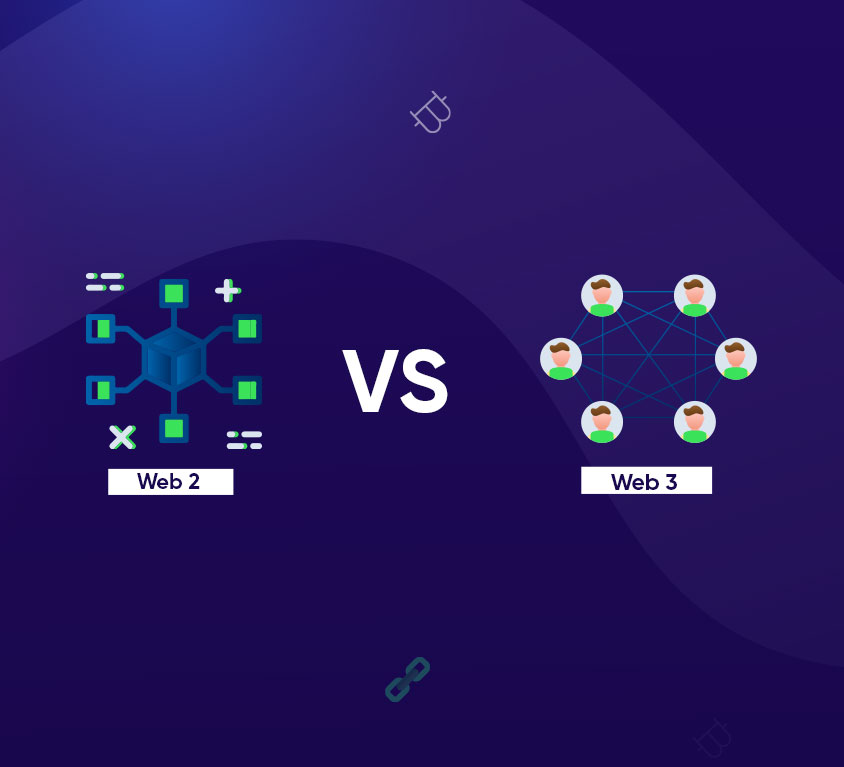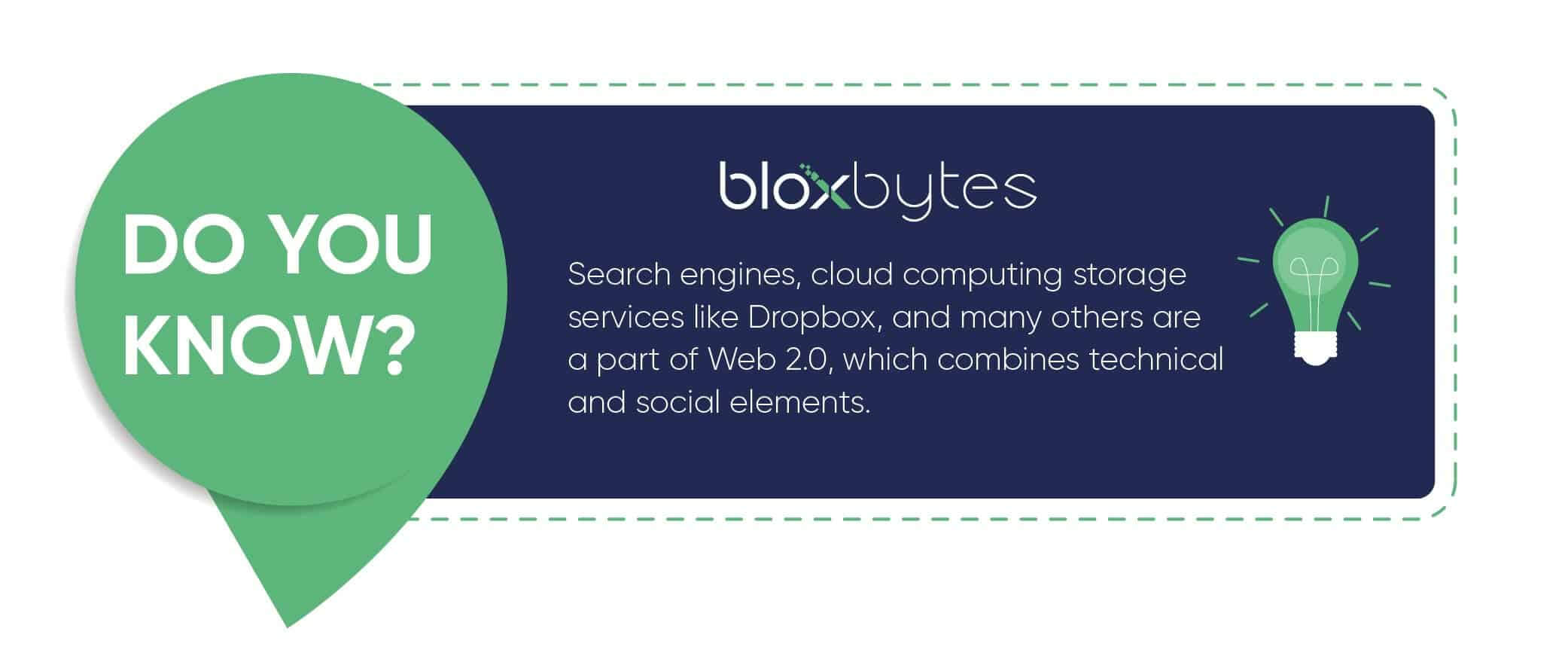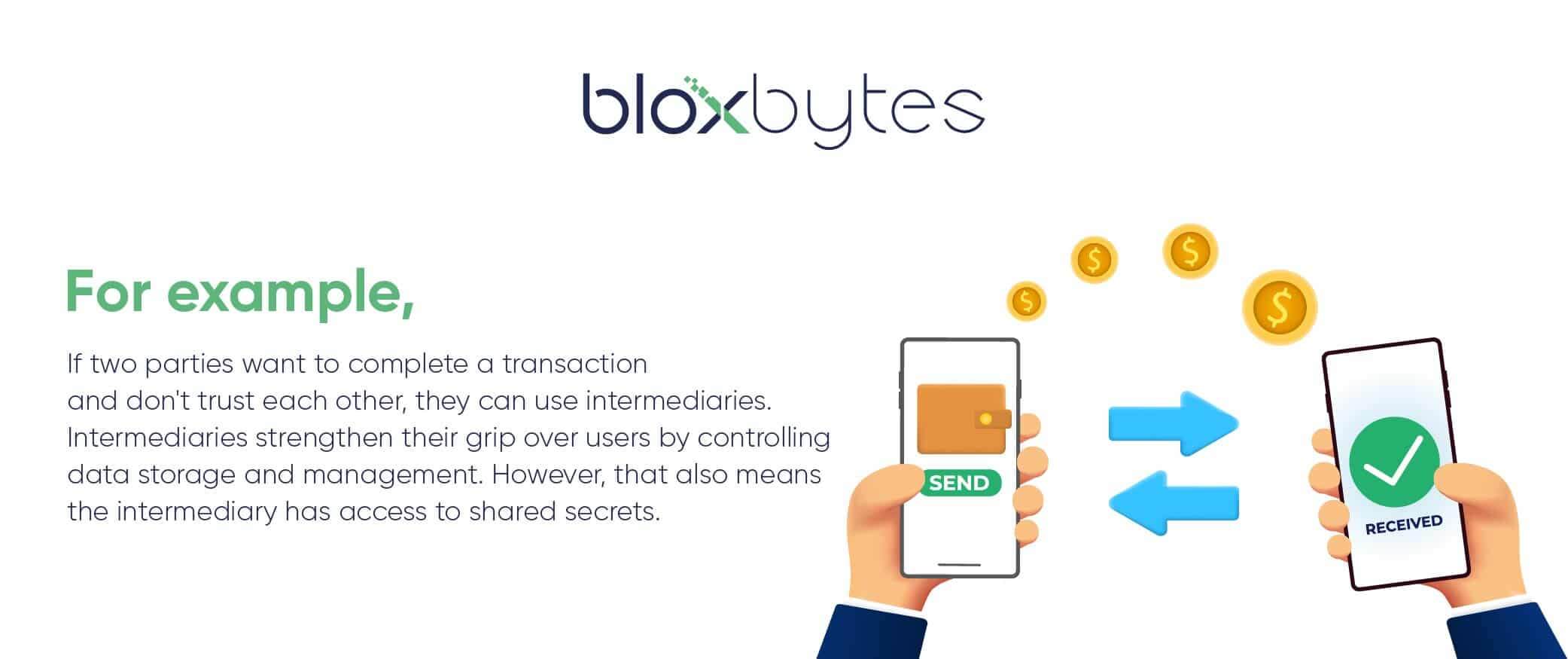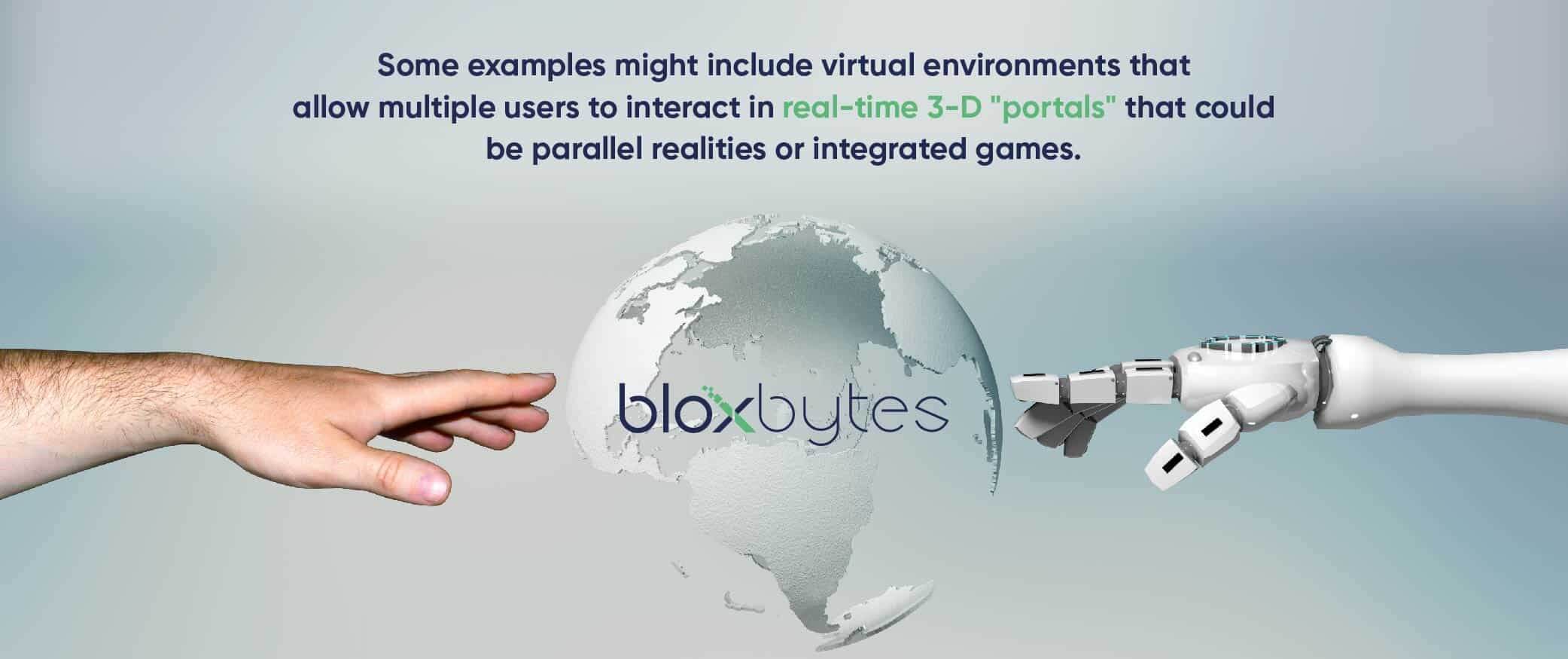
Introduction
Web3 & Blockchain Consultancy :
Web 2 vs Web 3: What’s the Difference and Why It Matters?
Blockchain enthusiasts have encountered the terms Web 2 vs Web 3 and they relate to blockchains. Unfortunately, it is sometimes difficult to distinguish between Web 2.0 and Web 3.0. In the following discussion, you will learn about some of the differences between Web 2.0 and Web 3.0 technologies that may help you determine whether your business should adopt them.A History of the Internet
In Web 1.0, users could access data anywhere worldwide through static web pages served from servers’ file systems. Unfortunately, Web 1.0 lacked functionality for interacting with content. Therefore, Web 2.0 became prominent, and its problems led to Web 3.0’s development. Let’s learn about Web 2.0 and Web 3.0 before we head towards “Web2 vs. Web3?”Web 2.0 – What is it?
The second generation of the internet is Web 2.0. It focuses on enabling users’ interactions with content on the web. It has made the growth of user-generated content possible, as well as interoperability and usability for end users. Furthermore, Web 2.0 does not modify technical specifications. Instead, it aims to change the design of web pages and their usage. Moreover, Web 2.0 platforms such as social media and peer-to-peer exchanges facilitated the exchange of goods between users, which increased eCommerce sales.
Key Features of Web 2.0
- Web 2.0 enables users to find information that interests them and organize it into categories of their choice.
- Dynamic content is the focus of the second generation of the internet. Compared to first-generation websites, this content is more responsive to user input.
- Web 2.0 emphasizes user-generated content.
- The advent of Web 2.0 enables people to access web content from many devices, including televisions, mobile phones, and multimedia consoles.
- Web 2.0 is also known as the interactive social web. As a result, users can participate actively by generating and sharing content.
What is Web 3.0?
Web 2.0 has been an advanced approach to the internet for over 20 years. However, it has many drawbacks, including security issues, because trusted institutions take control of the data as intermediaries.
Also Read: What is Web3 And How Does It Represent the Future Of The Internet
Web 3.0, or the semantic web, is an improvement over Web 2.0 with significant transformations in terms of infrastructure and metadata! The metadata system is a way to structure and organize all data types so that humans and machines can read them. One of the main advantages associated with Web 3.0 is that it builds upon many Web 2.0 features but takes them to new heights! Web 3.0 has no central authority, making all forms of information universally accessible as it is open-source.Key Features of Web 3.0
- Using artificial intelligence, Web 3.0 offers faster results and real-time insights into customer behavior, which has changed how businesses interact with customers.
- Web 3.0 enables users to take advantage of three-dimensional visuals and graphics.
- Web 3.0 can support semantic computing. To find, share and analyze information online, humans must understand the meaning and communication of words.
- You can also find enhanced security and privacy in Web 3.0.
Web 2 vs Web 3
We have a detailed impression of web2 vs. web3 and their features and differences. All of the above discussion highlights the power of semantic technology to drive a new generation of the internet.What makes Web 3.0 so revolutionary?
Firstly, Web 3.0 has artificial intelligence, advanced analytics, and decentralized data control, and it all started with Web 2.0. As a result, users can exert ownership of their data. Furthermore, the web 2.0 and 3.0 differences focus on improved privacy and security for users a shift from earlier iterations of the internet that were more open with user information. Moreover, Web 3.0 relies on encryption and distributed ledger technology to resolve the trust issues that arose in Web 2.0.Let’s look at different aspects of each web separately:
Characteristics:
- The characteristics of web2 comprise its read and write functionalities.
- At the same time, the third generation of the web focuses on making communication between users and machines more meaningful by using semantic tools to organize data more effectively.
Criteria:
- Web 2.0 focuses primarily on this interaction, while version 3 provides users with a more personalized experience.
- Web 2.0 focuses on connecting people and content. Web 3.0 connect knowledge by enabling users to participate in the creation of new content.
- Web 2.0 focuses on end-user experiences, while Web 3.0 focuses on user empowerment by providing trust, security, and privacy!
- In comparing Web 2.0 to 3.0, you identify the focus area as a notable aspect: community development for Web 2.0 and individual empowerment for web3.
Applications:
- Web 2.0 applications include two-way websites, video sites, podcasts, and personal blogs.
- Web 3.0 development unleashes the potential of smart applications that leverage machine learning and artificial intelligence.

Aspects:
- Web 2.0 can foster interaction, which leads to the introduction of applications and marketing.
- At the same time, web 3.0 relies on behavioral marketing and offers smart, web-based functionalities such as knowledge representation.
Underlying Technologies:
- You can see the dominance of AJAX, CSS3, and HTML5 in Web 2.0 among these underlying technologies.
- On the other hand, web 3.0 supports implementing innovative technologies; AI, semantic web, ML, AR/VR, and decentralized protocols.
Data:
- The network of Web 2.0 takes ownership of data.
- But Web 3.0 is all about flexible sharing. As a result, entities can freely move information around their networks.